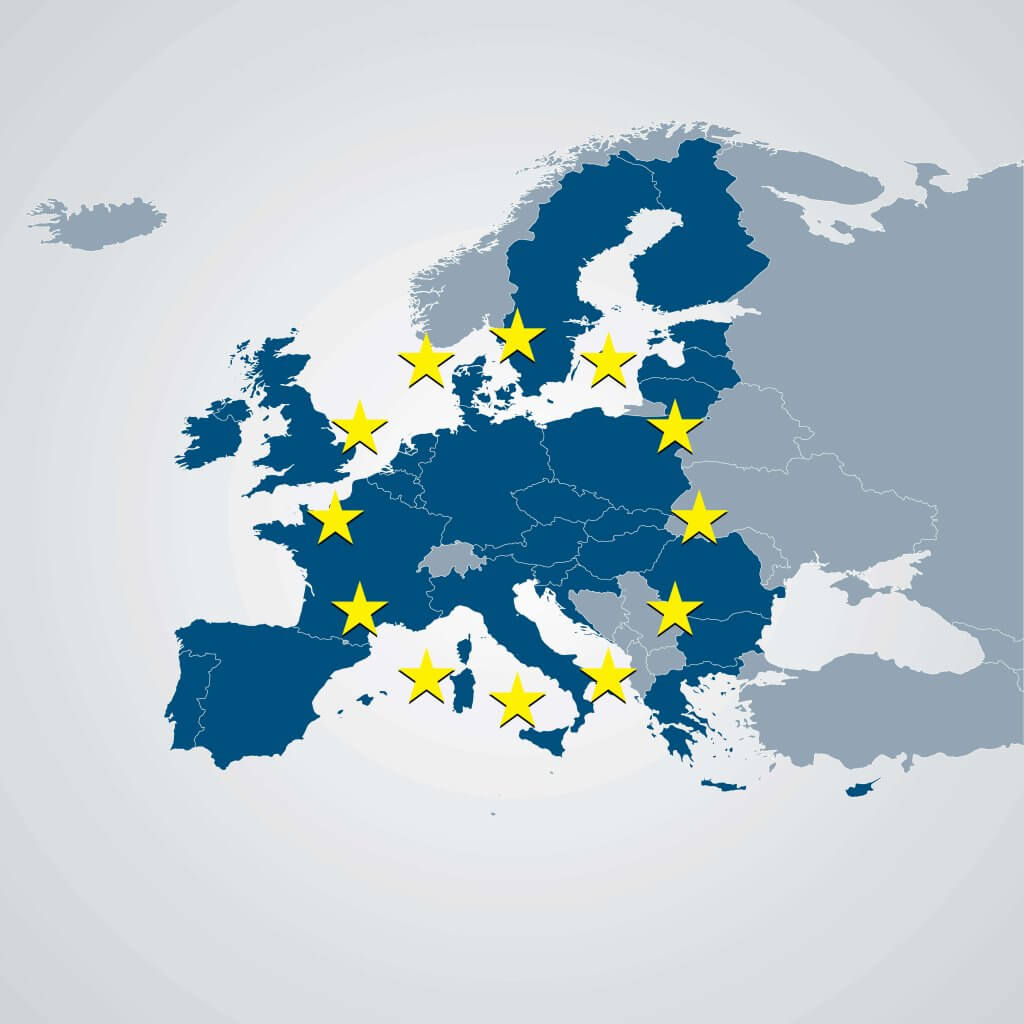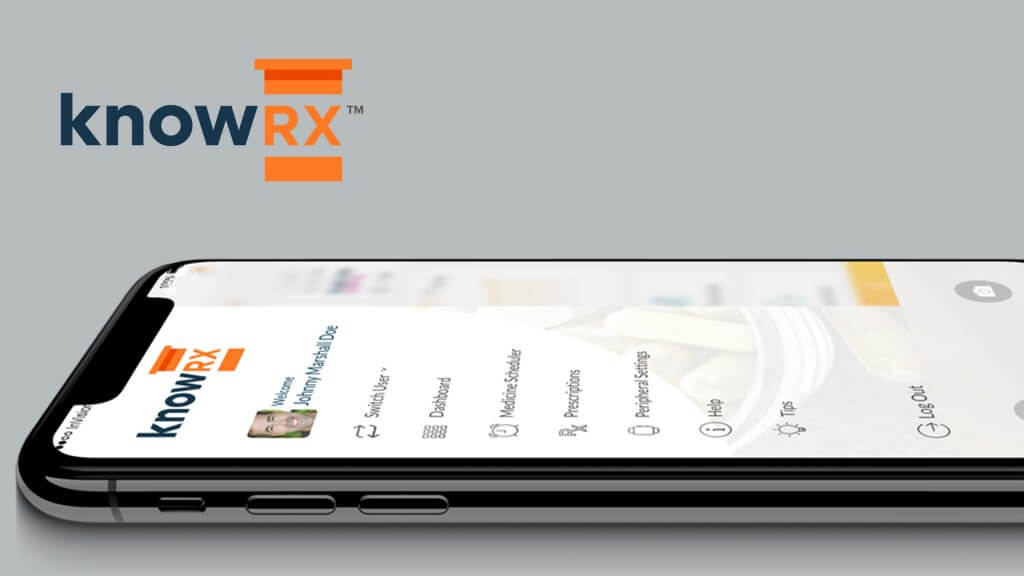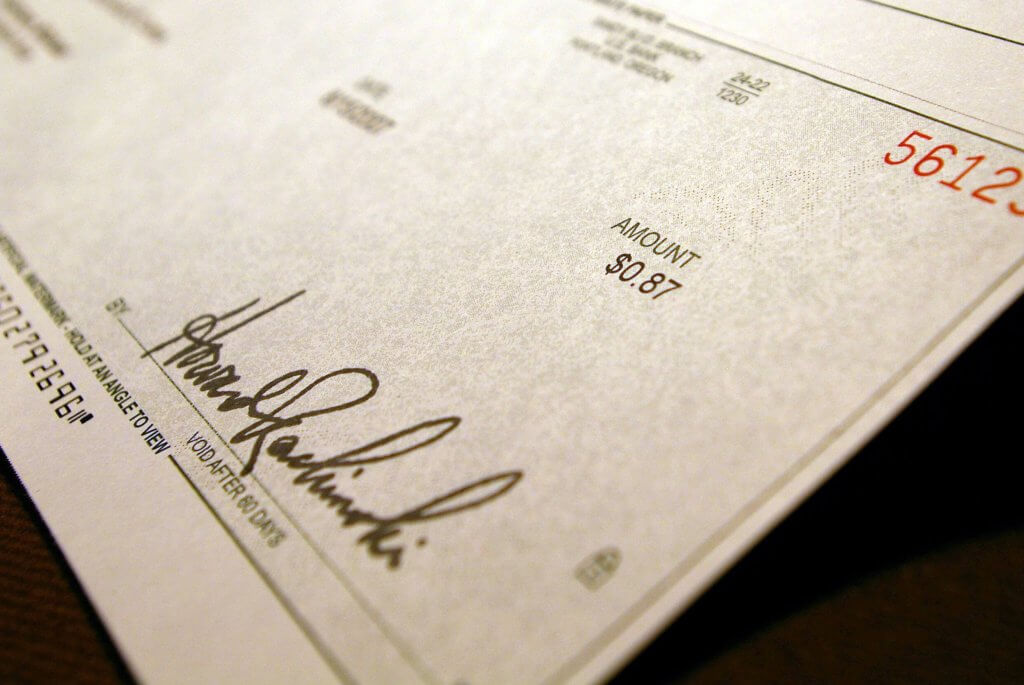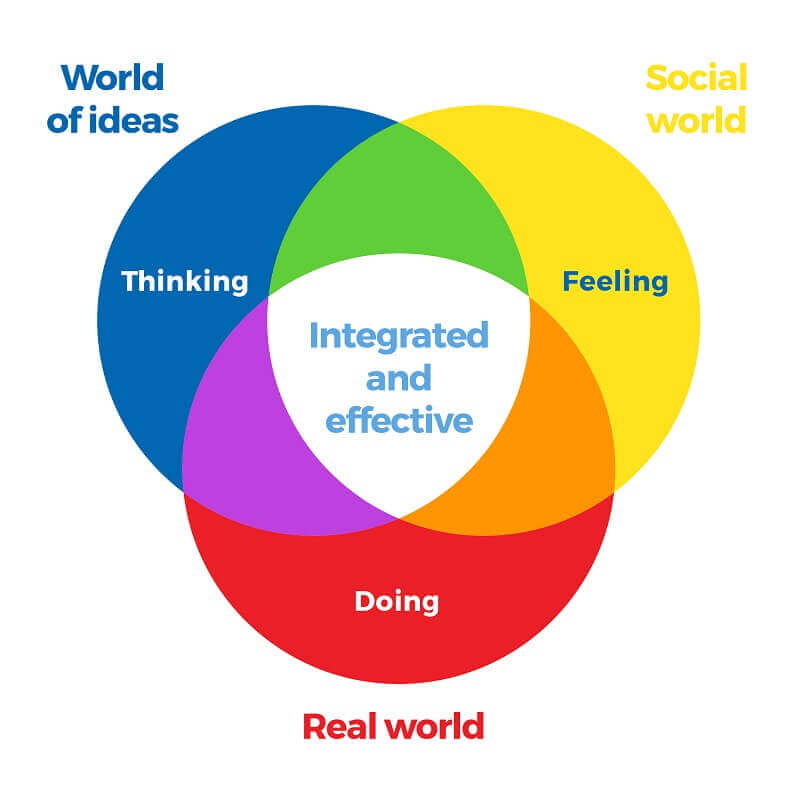
Why digital could be the saviour of the UK high streets
Time does not seem to be the best healer when it comes to the plight of UK high streets, with major retail losses making headlines in many national newspapers. In 2018, Toys R Us and Maplin stores were vacated, and trade ceased. Even the infamous discount stores did not survive unscathed, as Poundworld closed its doors for the last time.
More than 28 multi store retailers went into liquidation in 2018, and these ill-fated stores have set a precedent. Music retailer HMV seem to have set the tone for 2019, being the first to announce that they were facing financial difficulties earlier this year.
Commerce may not be on the streets anymore, but it is certainly thriving elsewhere. Digital sales in retail have more than tripled in the last 10 years, with online spending equating to 18% of all sales in the sector. Stock availability and an extensive range of delivery options are partly responsible for the surge in e-shoppers, with supportive user journey’s and simplified checkouts sealing the online splurge for many
Experts have predicted that high streets will be a thing of the past by 2030, so we must act imminently to save our beloved shops. But could retail find an unsuspecting ally in the form of search engine giant, Google?
Here’s how Google could help to revive our humble high streets:
Omni-Channel Experience for the High Street
Implementing the omni-channel nature of e-commerce into retail stores seems near impossible, but a London start up, Near St, are curating digital displays of stock from shops and making them available online. It will enable shoppers to visit the store online prior to them taking to the street, saving time and avoiding any wasted journeys.
A Digital Town
Many businesses across the nation are already embracing Google, using their ‘Google My Business’ tool to create a profile for themselves with useful information such as a contact number, opening hours and address. Almost half of all Google searches last year had local intent, showing the necessity for the service.
Back to the Future
The conventional shopping trip is still a big revenue contributor, with 82% of sales taking place offline. The task at hand for the high street is to optimise customer experience, making it feel as convenient and straight-forward as online shopping. Companies such as Marks & Spencer and EE are already acknowledging the shift in value of the in-store experience, while technologies such as AR and VR are becoming increasingly commonplace, with Google’s own product ‘Google Cardboard’ pioneering the integration of simulated reality in retail.
The UK high street is not oblivious to its own losses, as major retailers are constantly evolving their online marketing strategies and adding digital elements to their in-store services. How will you save your brand




















